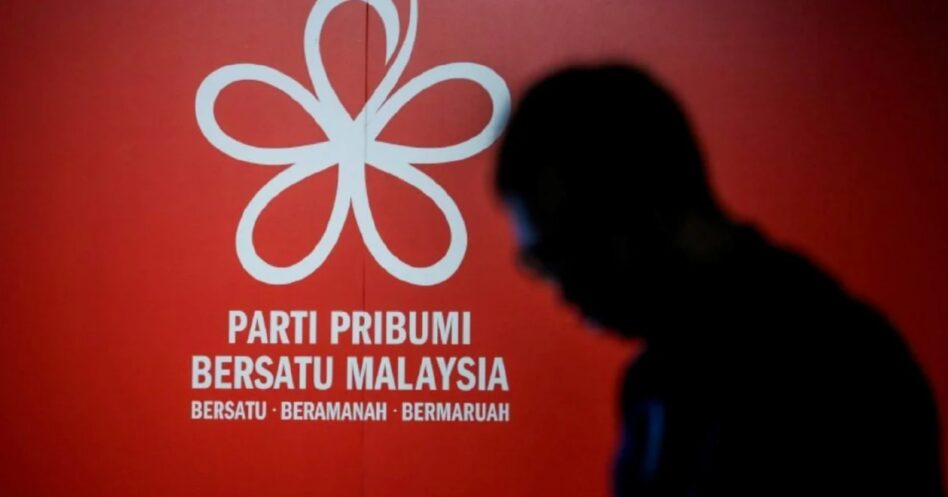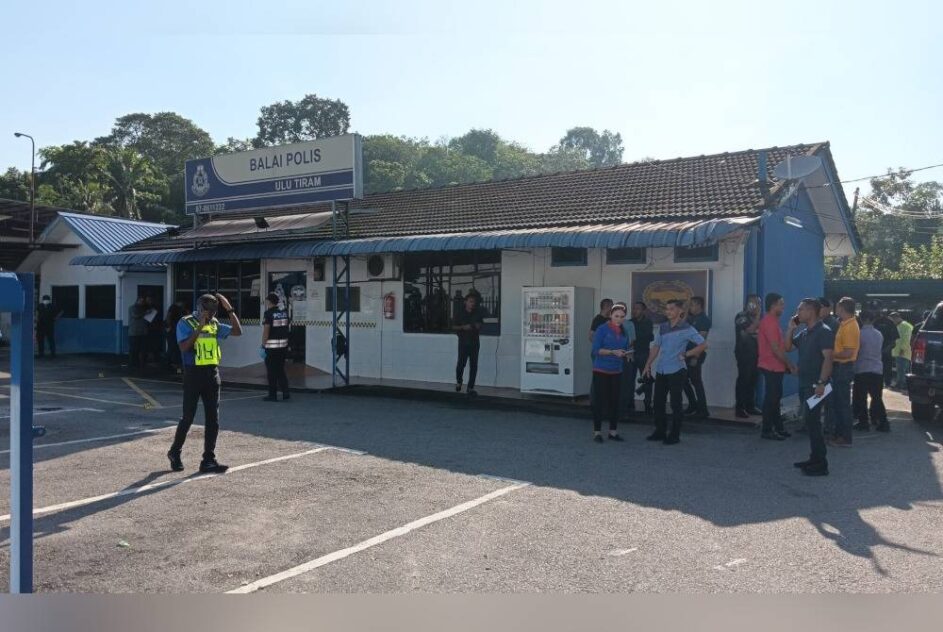A TOTAL of 941 candidates will be contesting the 222 parliamentary seats in the 15th General Election (GE15), making the most crowded national poll in history.
While offering voters more choices, they also have tougher decision to make as who to choose. Every candidate standing in an election will need to campaign to emerge the preferred choice and this is no different from the branding and marketing concept in our business world.
The Batu Parliamentary seat is the best-case study to illustrate the above given it boasts the following numbers:
- The most candidates in a single constituency with 10
- Three key coalitions (Pakatan Harapan/PH, Barisan Nasional/BN and Perikatan National/PN)
- Three stand-alone parties (Warisan, Parti Rakyat Malaysia, Pejuang)
- Four independent candidates
- Multi-disciplinary candidates (incumbent, former MP, lawyer, social influencer, businessman, reformist, party vice-president, among others)
- 10 symbols to recognise (key, chair, tree, spectacles in addition to the common political party symbols)
- Controversial nickname that caught attention of many (namely, Too Gao Lan which is a vulgar Hokkien phrase)
Party or candidate?
Which is more important in the service sector? Corporate branding or the personal branding of the service provider? Likewise in GE15, will the rakyat choose the party or the candidates?
The Malaysian political scene is traditionally influenced by the strength of a political party/coalition much more than the capability of the candidates. Most of us have not met or are not aware of the candidates contesting in our constituencies unless we follow political developments closely.
In most cases, the sense of loyalty is so strong that we vote for the party of our choice no matter who the candidates are. In the branding perspective, do we choose LimKokWing University for the strength of its education or because (the late) Tan Sri Lim Kok Wing is leading the tertiary education centre?
How should the candidates differentiate themselves and be the chosen one? Should the candidates talk or share more of party vision and values or their own ability to serve their voters? The same principle applies in branding – to differentiate and to be the chosen one.
There is no right and wrong answer here. Just different perspectives.
What’s in it for me?
Voters choose parties which they believe can make material changes (ie better government policies) by representing them in the Parliament.
Some base their choice on the candidates’ personality, capability and even the chemistry they have with the candidates. Candidates who have a political party backing will definitely have an advantage over independent candidates. Ultimately, it is all about WIIFM – what’s in it for me – in the eyes of voters.
Well, if your party name and reputation is well known and positive, then leverage that. If your personality is far more influential that the party brand, then we must try our best to showcase our passion, commitment, past contribution and lastly, to woo voters with the WIIFM factor.
Indies vs party candidates
Identity: There are three most distinct ways to build and strengthen your identity. Colour, candidates’ photo and symbols. Colours of street flags and buntings somewhat demonstrate the strengths of candidates.
We will perceive that PH is strong in a particular constituency if we see a lot of red flags flooding the streets while if there are more blue flags, then BN is perceived to be stronger.

Can you recall iphone having a lot of big billboards advertising in Klang Valley? BN will have advantage over PN being a new “coalition/brand”. Interestingly, both brand colours are blue – one is navy blue whereas the other is dark turquoise. They nevertheless look very similar. Voters might mistake PN as BN.
On the same note, the face of candidates’ is super important for independent candidates as they themselves are their own selling point without a party endorsement and support. Yet, let it be real and avoid too much of graphic enhancement compared with their real self. This is a signal of being real and honest.
Lastly, the symbol that represent each of the candidates. It needs to be easily remembered and able to imply a particular message. Let’s compare Tian Chua’s “chair” symbol and Pejuang’s symbol.
Certainly, the chair symbol is better for voters as they can easily remember the symbol in addition to conveying the notion that they are ‘voting for a seat in the people’s Parliament’. Tian Chua can easily call for action to mark a cross beside a chair but Pejuang will not have such benefit given the voters are unable to associate themselves with the party’s symbol.
Familiarity: We will choose the brand familiar to us when we do not know which brand of a product to choose at a supermarket. Being highly visible is super important in influencing voters’ decision.
What will be the investment cost for the candidates? Whether it is conventional street flags or social media advertising and video, this boils down on the desired branding concept where the candidate needs to ascertain his/her target groups and their media consumption pattern.
Nevertheless, independent candidates will not have as many resources to billboards and putting up flags at will. Targeted social media will be the next best alternative. This is also the reason why there were less independent candidates before GE14 as social media were not widely popular yet then.
Value proposition: It is of great importance to send across candidate’s or parties’ manifesto clearly to win voters heart and vote. Ceramah is the key vehicle to do this.
There was a high number of candidates who applied the marketing concept of O2O (offline to online) by recording their ceramah and promoting it online. Yet, many candidates have not fully harnessed the power of the more conventional media – editorial media.
Interviews by both formal and informal news portal is a great way to express and deliver candidates’ key value proposition. It is also more credible when it is reported by news portals.
I don’t see many candidates using this to their advantage except Tian Chua. He has secured a number of interviews which he then forwarded to his database of residents in the Batu constituency.
In essence, branding is not just about creating awareness. It is about giving your target customers enough “reason” to believe in you, hence purchase your product or services.
As such, election candidates can invest in various branding tools and media platforms to create awareness and to be known to many. Spending time to understand the needs and wants of voters should still be the candidates’ primary focus in finding that master key to access the heart of their voters. – Nov 19, 2022
Yap Keng Teck is the founder and managing consultant at Bizsphere Brand & Marketing which aspires to help SMEs maximise their brand potential.
The views expressed are solely of the author and do not necessarily reflect those of Focus Malaysia.










